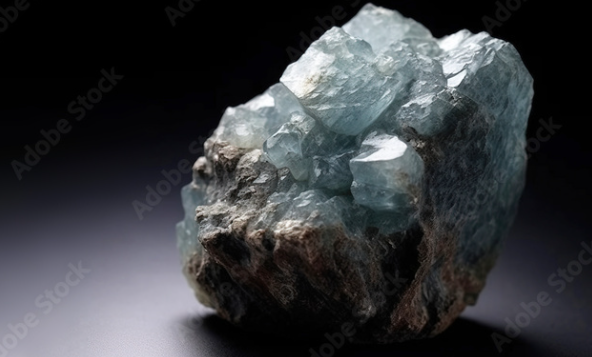FPX successfully tests CO2 Lock sequestration in British Columbia


FPX Nickel (TSXV: FPX; OTCQB: FPOCF) has successfully tested the technology its subsidiary CO2 Lock uses to permanently sequester carbon dioxide. A comprehensive field program to test the carbon capture and storage via permanent mineralization was tested at the SAM site in central British Columbia. The tests included the first-every successful injection of carbon dioxide (CO2) into a brucite-rich ultramafic mineral project.
The injection of carbon dioxide-enriched water into subsurface (in-situ mineralization) prompts the release of magnesium from the brucite-rich serpentinite host rock. The liberated magnesium subsequently reacts with the injected carbon dioxide, leading to the formation of stable carbonate precipitation.
The successful injection of the carbon dioxide was confirmed by downhole sensors that verified the desired CO2 content throughout the carbonated water injection.
FPX will extract a multi-tonne bulk sample from surface for use in an ex-situ carbon dioxide pilot plant at CO2 Lock’s laboratory near Vancouver. Three options will be tested: stacked rock, enhanced rock weathering, or reactor-based mineralization.
"The promising geological analysis and successful demonstration of the CO2 injection into the SAM project highlight the significant potential of CO2 Lock's in-situ mineralization technology," said Martin Turenne, FPX's president and CEO. "We look forward to seeing CO2 Lock's next steps in advancing its proprietary approaches to both in-situ and ex-situ carbon mineralization at its SAM project."
More information is posted on https://www.CO2LockCorp.com/.
Comments